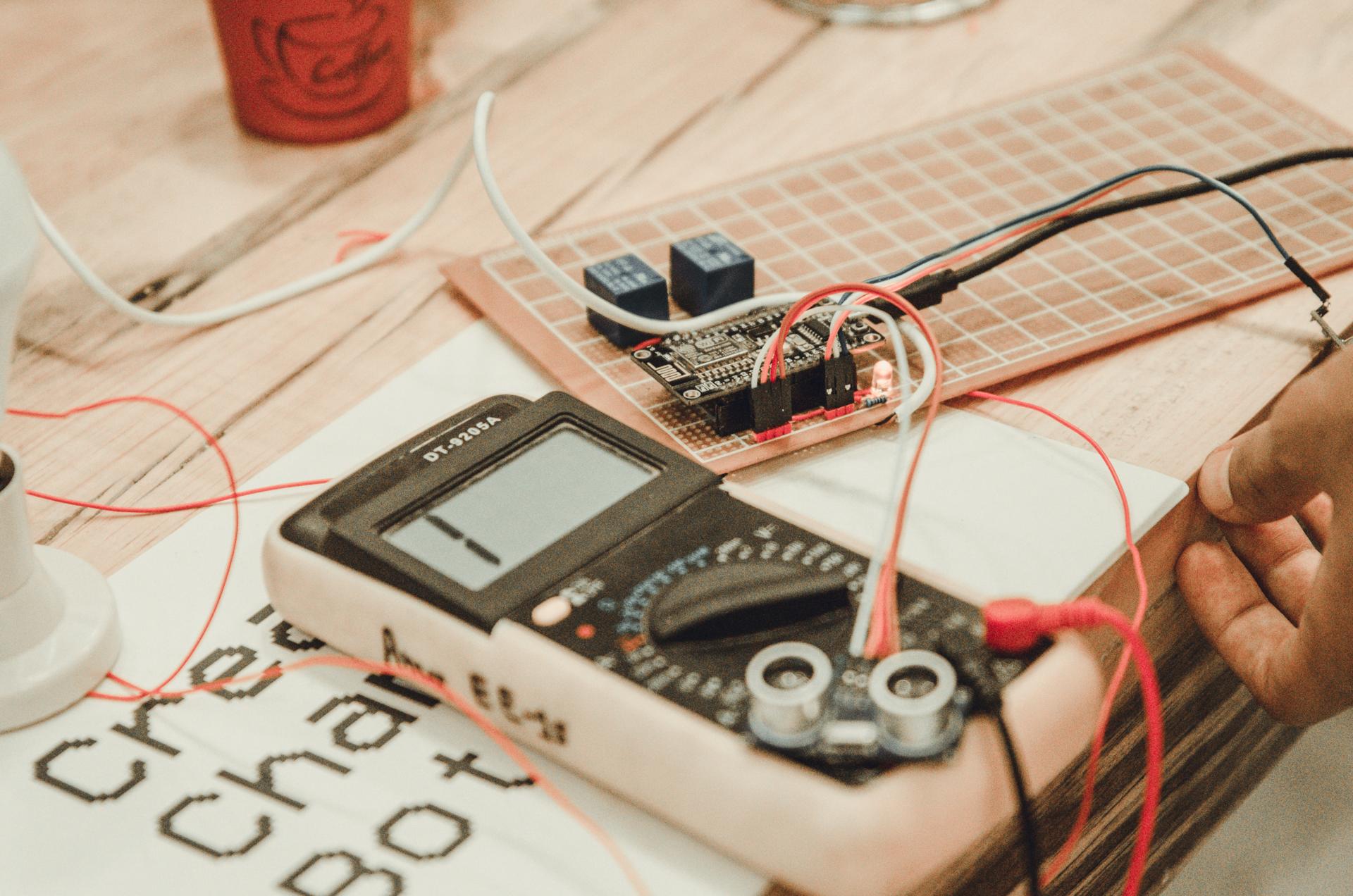Why You Should Care of Electrical Security Testing in Your Home

In terms of home safety, one of the primary aspects to be considered is the safety of electrical wiring. Testing for electrical safety is the process of checking the electrical system in your home to be sure it’s safe and up-to-code. In this article we’ll give you the basics of what electrical safety tests are, what equipment you’ll need for conducting them, the best method to conduct the tests and the warning signs to be aware of.
What is the definition of an Electrical Safety Test?
A safety test for electrical appliances is the process of inspecting the electrical system within your home to ensure that it’s safe and functioning in a proper manner. The importance of electrical safety tests is because they can help avoid electrical fires and accidents as well as ensure the durability of your electrical system.
Tools Needed to conduct an electrical Safety Test
For conducting an electrical safety test, you’ll require a few basic tools. They include a voltage tester as well as a continuity tester, a circuit tester, and an outlet tester. It is utilized to test for live circuits while the continuity tester looks for broken circuits. Circuit testers are used to check for wiring faults and outlets testers are utilized to identify electrical issues in outlets. It is essential to utilize these tools correctly to get exact results.
How do you conduct an electrical Safety Test
To perform the electrical test inside your home, follow these steps:
Switch off the power source to the circuit you’re trying to test.
Use your voltage tester to test whether there are live circuits.
Use the test for continuity to look for broken circuits.
Utilize the circuit tester to check for wiring faults.
Use the outlet tester to check for wiring problems within the outlets.
During the process of testing make sure you look for any signs of damage or wear on the wires for example, frayed or broken wires, burn marks or loose connections. If you discover any problems that need attention, you must address the issues as soon as you can to prevent potential hazards.
Signs of Electrical Problems to Look Out for
There are several warning signs that could signal electrical issues in your home. This includes flickering lights frequently tripping the circuit breaker noises that crackle or buzz from outlets, the appearance of outlets that are discolored or hot, and a burning smell. If you spot any of these signs, it’s important to get to work immediately to avoid potential electrical hazards.
Conclusion
Electrical safety tests are crucial to ensure the safety of your home and family. Through regular testing and taking care to address any issues immediately to avoid any potential electrical hazards and extend the life of your electric system. If you require assistance with electrical testing or repairs, don’t hesitate to contact Local Electrician Parramatta. Our knowledgeable team will offer you expert advice and support. Contact us via 1300 941 876 to schedule an appointment or to request a quote.
FAQ Section
What is the recommended frequency to perform an electrical safety test at my home?
We suggest conducting safety tests for electrical equipment at least every year.
Can I perform the electrical test on my own or do I need a professional?
While it’s possible to perform the electrical test on your own but it’s best to hire an expert to ensure the accuracy of results and to avoid any potential dangers.
Which are the top frequently encountered electrical problems that can be found in an electrical safety test?
The most frequently-repeated electrical issues that are discovered during a safety test include faulty wiring, overloaded circuits, and outdated electrical systems.
What should I do if encounter a problem in the electrical safety test?
If you discover a problem when you conduct the electrical safety check, it’s important to take action immediately. This may involve calling an expert electrician to fix the problem or replacing damaged equipment.
